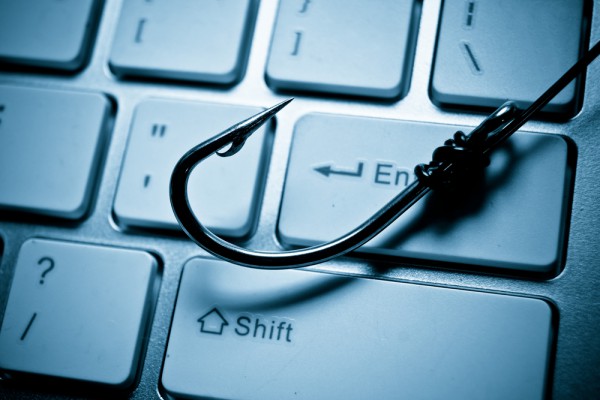
There have been 1.6 million phishing attacks targeting the Apple brand name in the first half of 2019. This is up nine percent on the total number of attacks seen last year, revealing a growing trend.
These figures come from Kaspersky’s Threats to Mac Users Report 2019, released this week, which shows the number of cases where users faced fraudulent web pages utilising the Apple brand as a decoy has increased significantly in the first six months of the year.
Among the most frequent fraud schemes are those designed to resemble the iCloud service interface and to steal credentials to Apple ID accounts. Links to these attacks usually come from spam emails which pose as messages from technical support. They often threaten to block user accounts should they not click the link.
Another widespread scam is the use of scaremongering pages that try to convince the user that their computer is under serious security threat and it only needs a couple of clicks and a few dollars to solve the issues.
“While technically these fraud schemes are nothing new, we believe they pose an even greater danger to Apple users than similar schemes against users of other platforms — such as Windows or Android,” says Tatyana Sidorina, security researcher at Kaspersky. “That is because the ecosystem around Macs and other Apple devices is generally considered a far safer environment. Therefore users might be less cautious when they encounter fake websites. Meanwhile the successful theft of iCloud account credentials could lead to serious consequences — an iPhone or iPad could be remotely blocked or wiped by a malicious user, for example. We urge users of Apple devices to pay more attention to any emails they receive claiming to be from technical support, which request your details or ask you to visit a link.”
Among other findings are that the total number of phishing attacks detected in the first half of 2019 on Mac computers protected by Kaspersky solutions was almost 6 million. The whole of 2018 saw 7.3 million hits.
Of those 39.95 percent were aimed at stealing users’ financial data. That is 10 percentage points up on the first half of 2018. Some regions had more macOS users hit by phishing than others. Brazil tops this list with 30.9 percent of users attacked, India follows with 22.1 percent and France with 22 percent. The most active malware to hit macOS users was variations of the Shlayer family, that succeeded in distribution by disguising itself as Adobe Flash Player updates.
You can read more on the Securelist blog.
Image Credit: wk1003mike / Shutterstock